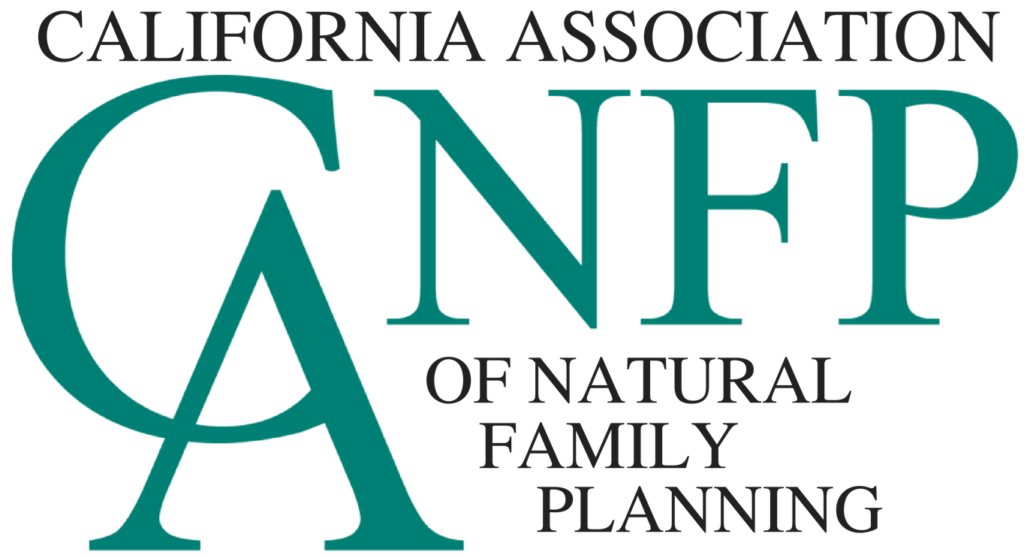- Medical Matters
The Brain Chemistry of Pornography Addiction
by Peter C. Kleponis, Ph.D
Tom, a 20 year old college student, came to my office feeling very discouraged and ashamed. He claimed he was struggling with “uncontrollable pornography use.” It started five years ago when he discovered internet pornography. At first he would only view it a few times a month. However it soon escalated to viewing it every day. In college it had gotten to the point where he was staying up all night viewing porn and sleeping through his classes the next day. It wasn’t until he learned that he was failing all his classes that he realized he had a problem and needed help. He was addicted to pornography. Tom couldn’t understand how this could have happened. Everyone in college, he thought, was viewing it. In his mind, it has just harmless “adult entertainment.”
While many people today might not agree with the use of pornography, most have accepted it as a part of our culture. In fact, the media has successfully renamed it “adult entertainment” in an attempt to make it more acceptable to our society. This has made it appear harmless to many young people. What many people don’t realize is how addictive pornography is. Thanks to recent studies in neuropsychology, we now know that pornography has the same effect on the brain as drugs and alcohol. It is an addictive substance.
To understand the addictiveness of pornography, we must understand how it affects a man’s brain chemistry. First, we must realize that men and women are wired differently. Men are wired to be visually stimulated. There is a structure in a man’s brain called the thalamus. The thalamus has the ability to identify erotic images. Thus, if a man is viewing 100 different images, and one of those images is erotic, the thalamus will single out that image and the brain will focus on it. Once a man has focused on an erotic image, a chemical reaction occurs in the brain. Dopamine is released. This mixes with testosterone and creates an adrenaline rush. This results in an excitement and a “high” feeling, which is addictive for the brain.
Another chemical in the brain, norepinephrine, sends a message to the autonomic nervous system causing a man’s heart rate to increase, breathing gets heavier, and some men may begin to sweat. Norepinephrine is also known as the “snapshot” chemical because of it’s ability to “burn” erotic images in a man’s mind. This is why men may often have more vivid sexual fantasies than women. This is also why a man doesn’t need to be viewing pornography to masturbate and have an orgasm. He can simply call up the erotic the images in his mind.
While this chemical stimulation is taking place in the brain, a message is sent down the spinal cord to the genitals for sexual arousal, an erection. With all this stimulation, excitement and arousal comes a tension demanding relief. This is relieved with an orgasm, so a man masturbates. When an orgasm occurs, opiate chemicals are released into the brain, endorphins. This produces a sense of euphoria. After the orgasm, a deep feeling of relaxation sets in.
Altogether, this process consists of chemical stimulation, emotional excitement/high, sexual arousal, tension, orgasm, euphoria, and relaxation. This process is a very powerful drug for the brain. The brain likes it and wants it to continue! So whenever a man is feeling sad, angry, lonely, frightened, stressed, bored, tired, frustrated, etc., the brain will want to return to this process because it is a way to avoid negative emotions and feel good fast.
As with any addiction, a tolerance soon develops. More of the substance is needed to get the same effect. Thus, soft porn loses its ability to arouse a man. The Victoria’s Secret Catalog or Sports Illustrated Swimsuit Issue no longer works for a man. He now needs to move on to more hard core forms of pornography for arousal. This can include fetishes, violence, child and other deviant forms of pornography. I have worked with men who claim that types of pornography that would have repulsed them a few years ago are the very types of pornography they now seek. This is because that is the only kind of pornography that can arouse them now. Along with turning to more deviant forms of pornography, a man will spend more time viewing it. Thus, instead of spending 20 minutes viewing porn, he may end up spending hours viewing it. This was the case with Tom. His tolerance to pornography led him to viewing violent pornography for hours on end.
For some men, their tolerance grows to a point where viewing pornography is no longer satisfying. They now want to act out what they have seen in pornography with a real person. These men may then turn to extramarital affairs, prostitutes or even anonymous sex with strangers. This can have devastating consequences for the men, their wives and families. On several occasions, I’ve worked with men whose wives discovered their husbands’ addictions when they went for their annual gynecological exams and were told they had sexually transmitted diseases. They got them from their husbands who got them from prostitutes. One can imagine how devastating this was for the wives! Luckily Tom did not get to this point in his addiction.
Along with tolerance, a dependence on pornography develops. A man’s brain becomes so accustomed to operating at such a high level of stimulation, that it needs to maintain that stimulation just to function in everyday life. Without a regular “fix” of pornography, a man can experience real withdrawal symptoms. These include depression, anxiety, insomnia, irritability, difficulty with concentration, headaches and stomachaches. One man I worked with was so addicted to pornography that he needed several “fixes” throughout the day. His company computer system was constantly monitored for pornography use and there was a zero tolerance policy for viewing pornography at work. Knowing that he would not be able to concentrate on his work in the afternoon if he did not get a “fix,” he would go out to his car during lunch every day, view pornography on his cell phone, and masturbate. Tom’s withdrawal symptoms included anxiety and insomnia. He couldn’t get to sleep at night without viewing pornography and masturbating. Throughout the day, he knew when he needed a fix because he would become very anxious and be unable to concentrate on his studies.
The process of becoming addicted to pornography is no different than becoming addicted to drugs and alcohol. At first it is used recreationally, but soon transitions into using it to deal with or avoid negative emotions. With consistent use, a tolerance develops and then a dependence. Without regular “fixes,” painful withdrawal symptoms develop. Brain scans have also shown the similarities between pornography addiction and other addictions. Pornography addicts show the same damage to the pleasure and impulse-control centers of the brain as to drug and alcohol addicts.
For all addicts, the recovery process is similar. The addict must immediately enter a comprehensive recovery program. This begins with admitting the addiction and being committed to doing whatever it takes to recover. It also includes avoiding all pornography, seeking support and accountability, a 12-step group, counseling, a spiritual plan, education, and growth in virtue. Being on the verge of failing out of college was a wake-up call for Tom. He knew he had a problem and needed help. Moreover, he was willing to do whatever it took to recover. He committed himself to a comprehensive recovery program and was able to achieve ongoing sobriety. Because we live in a society that is saturated with erotic images, Tom realizes he will never be “out of the woods.” However, he now has a better understanding of how pornography affects a man’s brain and has the tools to avoid pornography. Today he is focused on living a life that is healthy and free of the drug called pornography.
About The Author


